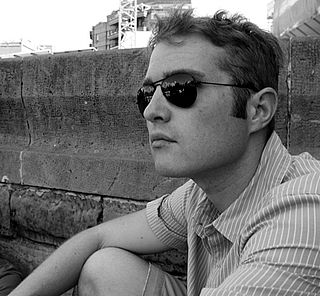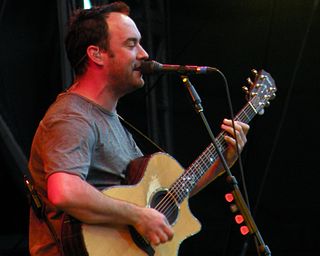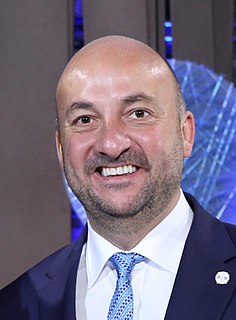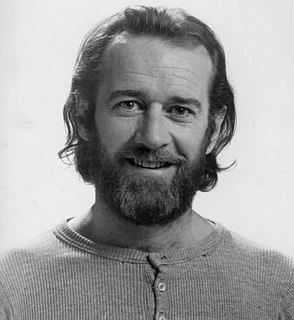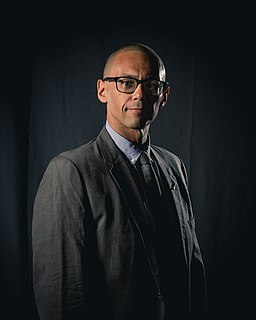A Quote by Sarah Parcak
'Satellite archaeology' refers to the use of NASA and commercial high resolution satellite datasets to map and discover past structures, cities, and geological features.
Quote Topics
Related Quotes
The most exciting moment as an archaeologist happened when I was looking at the great archaeology site of Tannis, which of course we all know from 'Indiana Jones.' We got satellite imagery of the city of Tannis, we processed it, and literally from thousands of miles away from my lab in Alabama, we were able to map the entire city.
There are times when I need to dig up the diagram for a type of satellite dish, for instance, but I just can't seem to phrase this need correctly. As a result, I'm inundated by advertising for satellite television and people's online customer reviews of such services when, in fact, I was only trying to figure out what a certain component is called.
With excessive digitisation, now, everyone is making films, which is good, but the makers think that they will quickly make films in digital and bag satellite rights but television channels buy satellite rights of notable films only. If we made fewer films a year, percentage of hits would be better.


